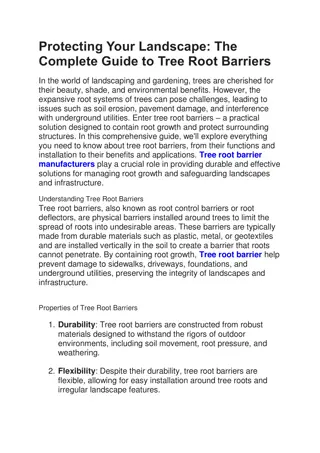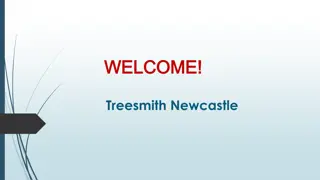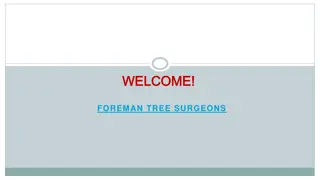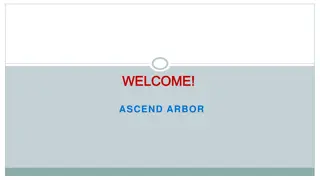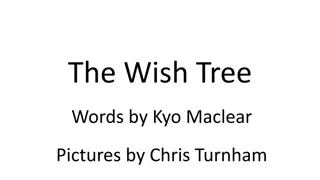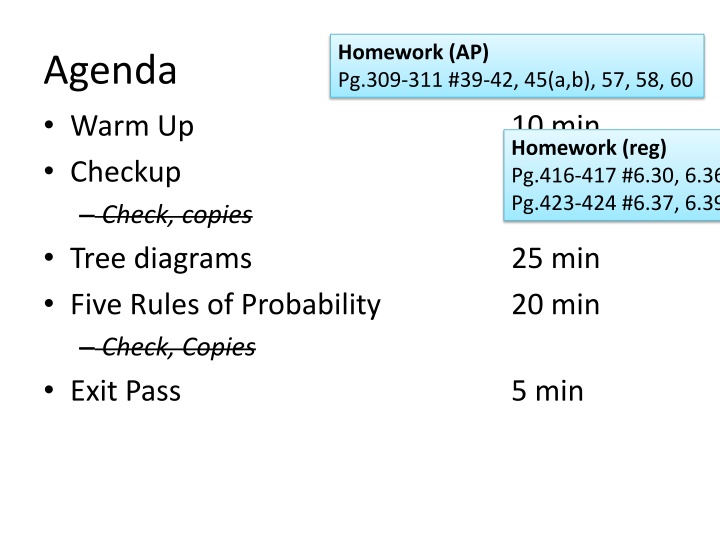
Probability Problems and Instructions for a Substitute Teacher
Get ready for probability with a series of homework questions and warm-up exercises. Also, find detailed instructions for a substitute teacher, including guidance on handling a worksheet activity and classroom management.
Download Presentation

Please find below an Image/Link to download the presentation.
The content on the website is provided AS IS for your information and personal use only. It may not be sold, licensed, or shared on other websites without obtaining consent from the author. If you encounter any issues during the download, it is possible that the publisher has removed the file from their server.
You are allowed to download the files provided on this website for personal or commercial use, subject to the condition that they are used lawfully. All files are the property of their respective owners.
The content on the website is provided AS IS for your information and personal use only. It may not be sold, licensed, or shared on other websites without obtaining consent from the author.
E N D
Presentation Transcript
Homework (AP) Pg.309-311 #39-42, 45(a,b), 57, 58, 60 Agenda Warm Up Checkup Check, copies Tree diagrams Five Rules of Probability Check, Copies Exit Pass 10 min 10 min Pg.416-417 #6.30, 6.36 Pg.423-424 #6.37, 6.39 Homework (reg) 25 min 20 min 5 min
Warm Up Calculate the probability of each of these events: 1. Selecting a Jack from a standard card deck. 2. Rolling a sum of 3 on two rolls of a fair 6-sided die. 3. Landing in the blue on Spinner A (see below). 4. Landing in the blue on Spinner B (see below). Spinner A Spinner B 5. What does it mean to say that the probability of winning the California Super Lottery is 1 in 18 million?
Absent tomorrow I won t be here tomorrow. Your sub will be Ms. Jaime Hurst (same as last time) Here s the instructions I ve left Ms. Hurst: 1. Take attendance, then hand out the worksheet that I ve left on my desk. 2. Tell students to turn their desks into groups of 4, and work together to complete the worksheet. 3. I ve left you an answer key. Students should do the following, in this order, if they have trouble with a problem: A. Work together to try to figure it out. B. Ask if their answer is correct. (Example: I got 60% for #4. Is that correct? C. Ask you what the correct answer is. D. Ask to see the explanation on the answer key. 4. At the end of class, collect the worksheets and tell students to return desks to their original position. Students should be in their seats until the bell rings. There are 13 problems. Do #1-11, and try #12 and #13. If you finish early, keep working on your Five Rules of Probability handout (from today).
TREE Example #1 of 2 I flip a coin 3 times. What is the probability of getting at least two Heads?
Notes? TREE Example #2 of 2 Bobby knows about 75% of the material of this unit, so on any given test question, he ll know the answer 75% of the time. And if he doesn t, he ll guess. The questions are multiple-choice, A-E. 0.75 Knows it 0.05 Guesses right Doesn t know it 0.20 Guesses wrong
Try it! I roll a 4-sided die and flip two fair coins. 1. Make a tree of this situation. 2. What is the probability of getting a 1 , a Heads, and a Tails?(order doesn t matter)
Heads Tails Heads Tails Heads Tails Heads Tails Heads Tails Heads Tails Heads Tails Heads One Tails Heads Two Tails Heads Three Tails Heads Four Heads Tails Tails
Try it again! Athletes are often tested for use of performance-enhancing drugs. Drug tests aren t perfect they sometimes say that an athlete took a banned substance when that isn t the case ( false positive ). Other times, the test concludes that the athlete is clean when they actually took a banned substance ( false negative ). For one commonly used drug test, the probability of a false negative is 0.03, and the probability of a false positive is 0.09. A random survey (World Anti-Doping Agency, 12/22/2008) of 21,849 professional athletes from 1968-2008 found that 0.49% of professional athletes use(d) banned substances. 1. Make a tree diagram of this situation. 2. What is the probability that a randomly selected athlete will test positive for performance-enhancing drugs?
0.00475 Test positive for drugs Drugs Test negative for drugs ( false negative ) 0.00015 Test positive for drugs ( false positive ) 0.0896 No drugs Test negative 0.9055 0.09435
1 of 7 #1: The 0-1 Rule Any probability is a number between 0 and 1. 0 never occurs 1 always occurs Door/Window: Door: An event with probability 0 Window: An event with probability 1
2 of 7 #2: The 100% Rule The sum of the probabilities of all possible outcomes must equal 1. Example: If P(black/brown hair) = .91, and P(blonde hair) = .045, what is P(other colored hair)? Door. Solve for x: Age group 18 to 23 24 to 29 30 to 39 40 or over Probability 0.57 0.17 0.14 x Window. Solve for y: Dinner Steak Chicken Fish Tofu Probability 0.43 0.37 0.18 y
3 of 7 #3: The Complement Rule The probability that A does not occur is 1 P(A). Written as A or AC Called the complement of A Example: If P(A) is the probability of rolling two dice and getting a sum of at least 4, what is P(AC)? Door/Window. Assume a roll of 2 standard dice. Door: P(AC), if P(A) is the probability of a sum of at most 11 Window: P(AC), if P(A) is a sum of 2 or 12.
Worksheet time Groups of 4. Do #1-6 on the back of your cheat-sheet. When the whole group is done, raise your hands. If you are correct, try #7-12. Use pencil.
4 of 7 #4: The Addition Rule A or B sum of probabilities, minus overlap . P(A or B) = P(A) + P(B) P(A and B). Written as P(A B), the union of A and B Example: What is the probability of drawing a Jack or a diamond from a standard deck? Door/Window. If you roll a standard die . 1. Door: P(even number or 5) on standard die 2. Window: P(even number or 4) on standard die 3. Door: P(2 or 3) on standard die 4. Window: P(2 on standard die or Heads on coin)
5 of 7 #5: The Multiplication Rule A and B product of probability of A and probability of B given that A has happened. Written as P(A B) = P(A) P(B|A), intersection of A and B If A and B are independent, the rule is P(A B) = P(A) P(B) Example: What is the probability of getting an Ace and then a Jack? What is the probability of getting an Ace and a Jack? Door/Window. What s the probability? 1. Door: rolling two dice and getting two 6 s 2. Window: flipping three Heads 3. Door: drawing two cards, getting a Queen and a King 4. Window: drawing two cards, getting the Ace of spades and then the two of hearts 5. Challenge . Drawing two cards, getting a Queen and a heart.
0652 . 0 #5 : Queen and Heart You could get a Queen of Hearts on the first draw. OR You could get a non-Queen Heart, and then a Queen. OR You could get a non-Heart Queen, and then a Heart. OR You could get a bad card, and then a Queen of Hearts. 1 + 51 52 12 4 3 13 35 1 + + 52 52 51 52 51
Worksheet time Groups of 4. Do #7-12 on the back of your cheat-sheet. When the whole group is done, raise your hands. If you are correct, try #13-18 (conditional probability) Use pencil.
Absent tomorrow I won t be here tomorrow. Your sub will be Ms. Jaime Hurst (same as last time) Here s the instructions I ve left Ms. Hurst: 1. Take attendance, then hand out the worksheet that I ve left on my desk. 2. Tell students to turn their desks into groups of 4, and work together to complete the worksheet. 3. I ve left you an answer key. Students should do the following, in this order, if they have trouble with a problem: A. Work together to try to figure it out. B. Ask if their answer is correct. (Example: I got 60% for #4. Is that correct? C. Ask you what the correct answer is. D. Ask to see the explanation on the answer key. 4. At the end of class, collect the worksheets and tell students to return desks to their original position. Students should be in their seats until the bell rings. There are 13 problems. Do #1-11, and try #12 and #13. If you finish early, keep working on your Five Rules of Probability handout (from today).
Homework (AP) Pg.309-311 #39-42, 45(a,b), 57, 58, 60 Exit Pass 1. If I pick a card, what is the probability that it is a Jack? 2. Let s say I get a Jack and set it aside. If I pick another card, what is the probability that it s a Queen? 3. Let s say I shuffle the cards back in and pick another card. What is the probability that it s a King? 4. What does your answer to #3 mean? Do not use the word probability, chance , or likelihood .



